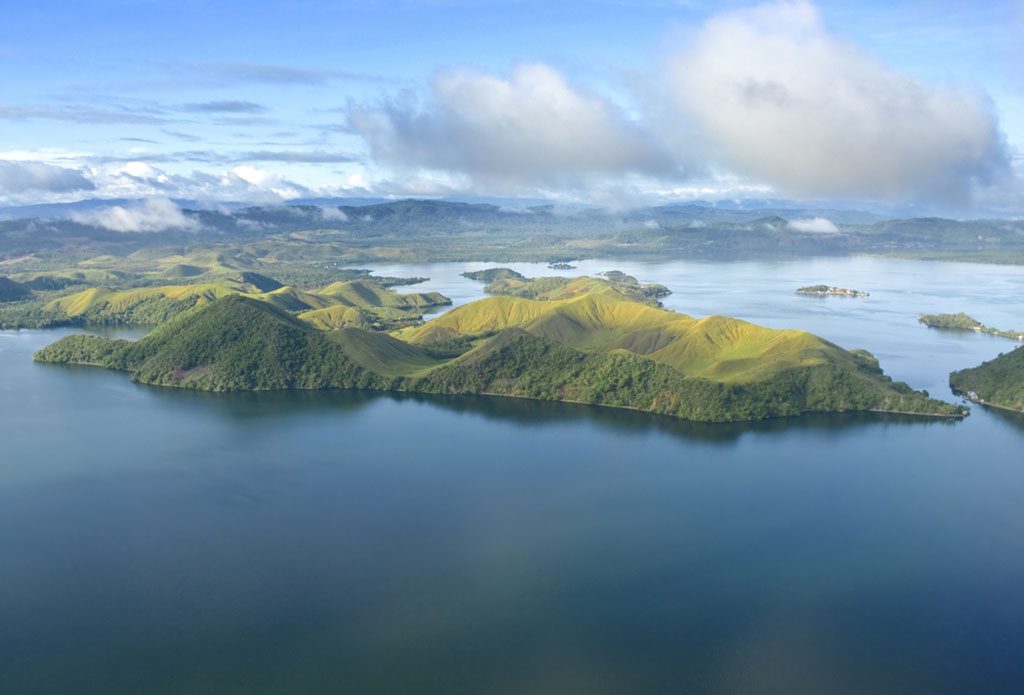More than 14,000 jungle-covered islands lie off the coast of Asia, making Indonesia the biggest island chain in the world. A total of thirty smaller Indonesian archipelagos make up the country; five of them are regarded as significant islands owing to their size.
These are the biggest islands in Indonesia, from Flores in the Lesser Sunda Islands to New Guinea, Indonesia’s lone territory in Oceania, and everywhere in between.
10. Flores Island
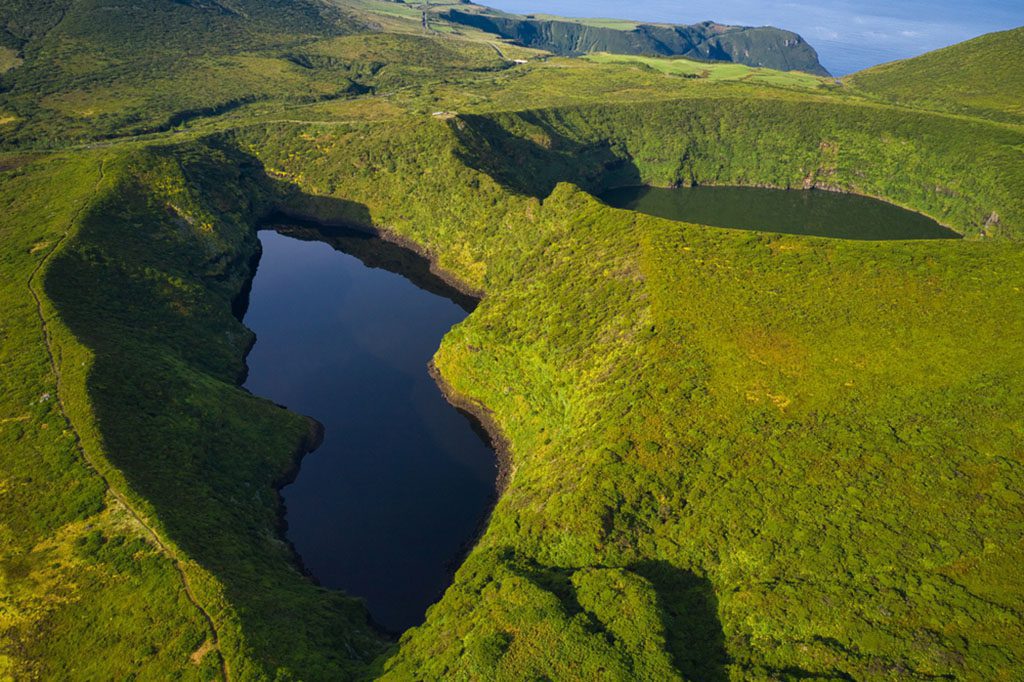
Discover the natural beauty of Flores Island, located in Indonesia. Image source: Miguel Couto/Shutterstock.com
Flores, whose name translates to “flowers” in Portuguese, is one of the Lesser Sunda Islands, a group of islands off the coast of eastern Indonesia. It is located between Komodo and Lembata. The island’s population was estimated at 1.8 million in 2010.
Flores Island is not just one of the biggest islands in the country but also the tenth most populous. But there’s a good reason for all the tourists, and that’s only one of many great things about Flores. Famous for its enormous Kelimutu volcano, which has three colorful crater lakes, the island is a popular hiking destination.
9. Sumbawa
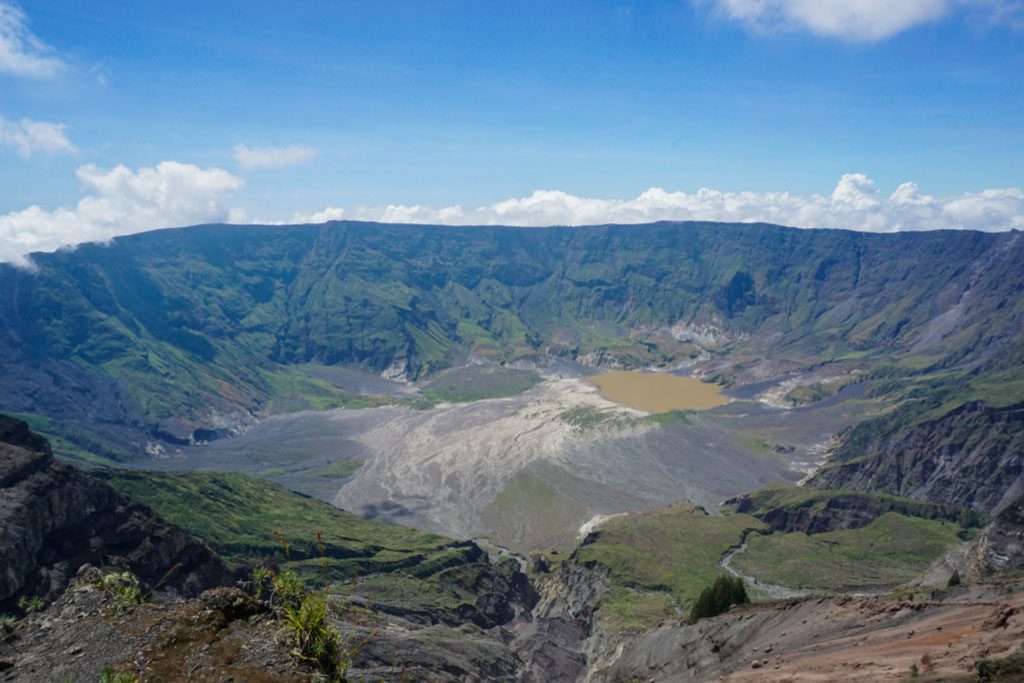
Witness the majestic presence of Mount Tambora in Sumbawa, Indonesia. Image source: rynoise/Shutterstock.com
Sumbawa, one of the Lesser Sunda Islands of Indonesia, is centrally placed in the archipelago. The island is famous for its honey, sandalwood, and sappanwood, and it has a rich history that dates back hundreds of years. The island has active volcanoes, rice fields, and a dry savannah.
Sumbawarese is spoken by the inhabitants in the eastern part of Sumbawa, whereas Bimanese is spoken by those in the western part of the island. Despite its proximity to Lombok, Bali, and Flores, Sumbawa remains relatively undiscovered by tourists.
8. Seram
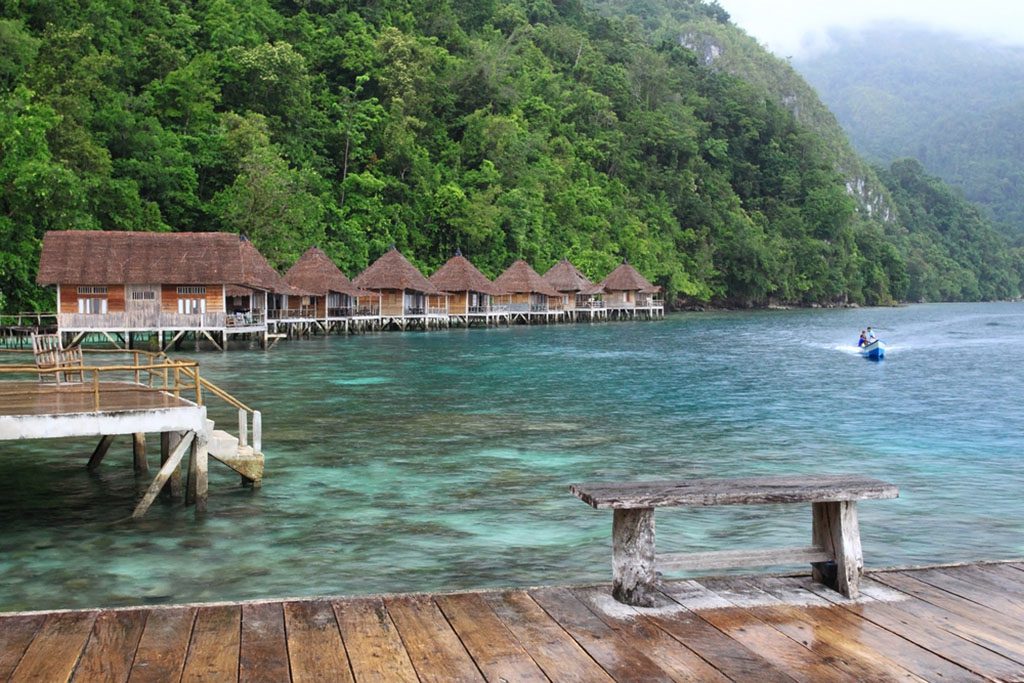
Experience paradise at Ora Beach Resort in Seram Island, Central Maluku, Indonesia. Image source: Christina Desitriviantie/Shutterstock.com
The island of Seram is the biggest and most notable in the Maluku region of Indonesia. It is a significant natural hotspot and tropical oasis, and it has a wealth of species in its rainforests and along its beaches, as well as enormous mountains and limestone karsts.
On the island of Seram sits the country’s deepest cave and one of the world’s biggest subterranean rivers, the river Sapalewa. The island is home to over a hundred distinct bird species, 14 of which are unique to the island. The forests are home to several kinds of indigenous species and Australasian marsupials, while the waters are frequented by saltwater crocodiles.
7. Halmahera
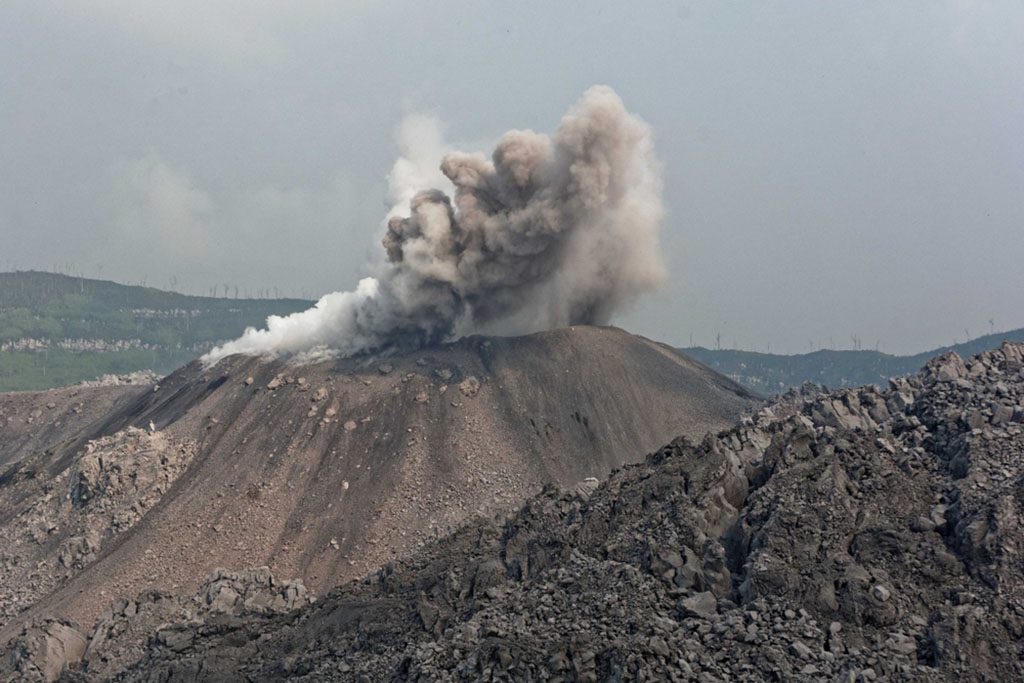
Discover the enchanting Halmahera in the Maluku Islands, Indonesia. Image source: LABETAA Andre/Shutterstock.com
Located in Indonesia, the island of Halmahera (formerly known as Jilolo) is the biggest in the Maluku archipelago. Outside of Indonesia’s Big Five, this is the biggest island in Indonesia.
Beautiful sandy beaches, completely undisturbed forests, and breathtaking mountain panoramas can all be found on the K-shaped island of Halmahera, which is part of a series of active volcanoes that includes the Raja Ampat Islands.
6. Timor
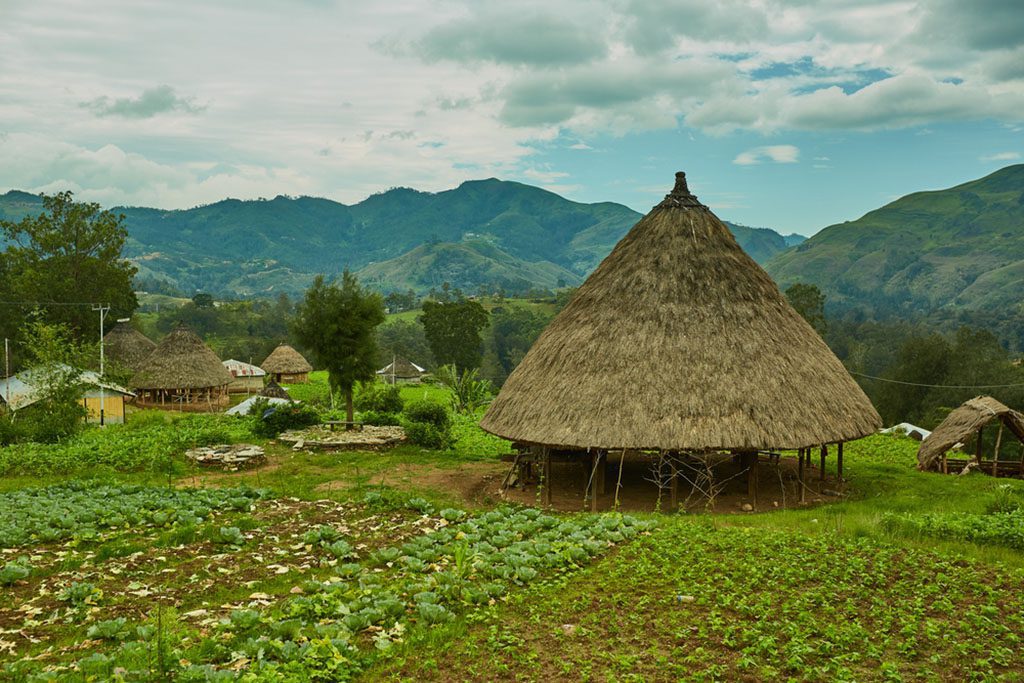
Explore the charm of Maubisse in Timor-Leste. Image source: Romantravel/Shutterstock.com
The southern Maritime Southeast Asian coffee-growing area of Timor is not entirely a part of Indonesia (it is divided with the Democratic Republic of Timor-Leste). The Timor Sea separates it from the Australian continent, and it sits above that sea.
Named after the Malay word for “east,” Timor is one of the most eastern islands in Indonesia’s Lesser Sunda archipelago, thus the name. Timor is the oldest and least volcanic of the group of islands.
5. Java
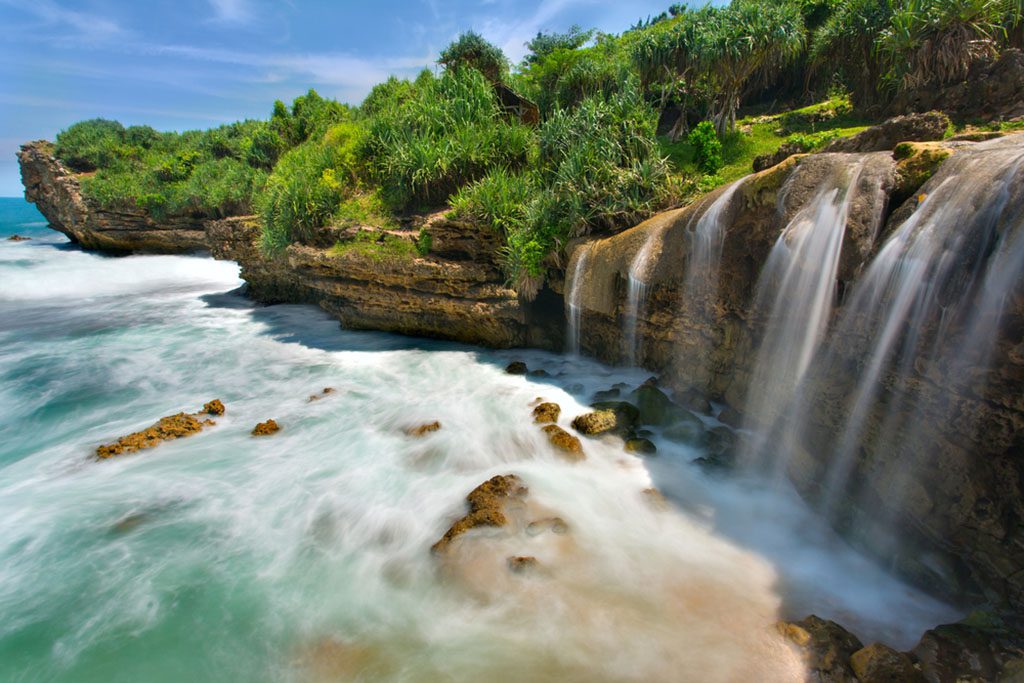
Behold the stunning beauty of Jogan Waterfall as it cascades into the ocean, located in Java, Indonesia. Image source: Mazur Travel/Shutterstock.com
As the world’s thirteenth-biggest island, Java naturally ranks among Indonesia’s top five largest islands. Over half of Indonesia’s total population, or more than 140 million people, call this island home. It is sandwiched between the Indian Ocean and the Java Sea.
Java is home to people speaking a wide variety of languages and practicing a wide variety of faiths. Over the centuries, Java has served as the center of power for several Hindu-Buddhist empires and Islamic sultanates, making it the scene of innumerable pivotal historical events and brutal conflicts.
4. Sulawesi
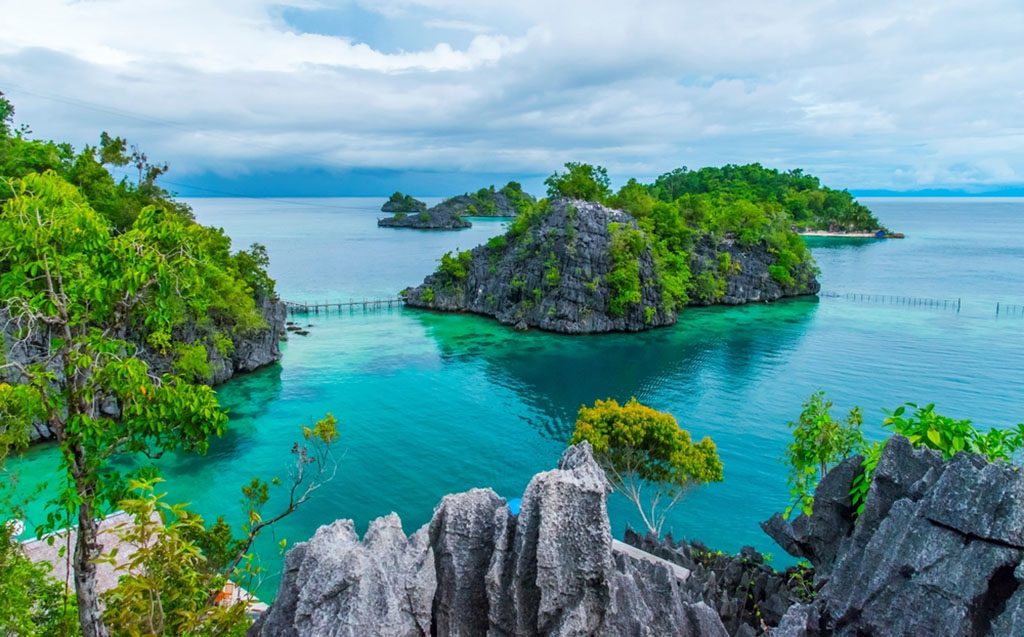
Explore the breathtaking Kimaboe Hills and Lagoon in Labengki, Southeast Sulawesi, North Konawe, Indonesia. Image source: krisbiantoandy/Shutterstock.com
Once known as Celebes, Sulawesi is one of Indonesia’s Greater Sunda Islands. It is the 11th-biggest island in the world and is divided into four different peninsulas by a total of three gulfs. Because of its unusual form, transportation to and from the island is more efficient when done by water.
Six provinces make up the island, which is separated from Borneo by the Strait of Makassar on its western end and a string of islands in the south, among which are the Selayar Islands. Sulawesi is sometimes eclipsed by its more popular neighbors, Bali and Lombok, but it, too, has many attractions worth seeing, including beautiful beaches and bustling local markets.
3. Sumatra

Discover the iconic Serelo Hill, a thumb-shaped hill that symbolizes the Lahat district in South Sumatra, Indonesia. Image source: Masmikha/Shutterstock.com
The island of Sumatra (sometimes spelled “Sumatera”) ranks as the world’s sixth-largest. It is a component of the Greater Sunda Islands in western Indonesia, situated to the west of Java and to the south of the Malay Peninsula. Sumatra is renowned as the biggest lake in a volcano crater and for its rich biodiversity.
Incredible animals, including the highly endangered Sumatran orangutan, Sumatran rhino, and Sumatran tiger, live in its rainforests and volcanic landscapes.
2. Borneo
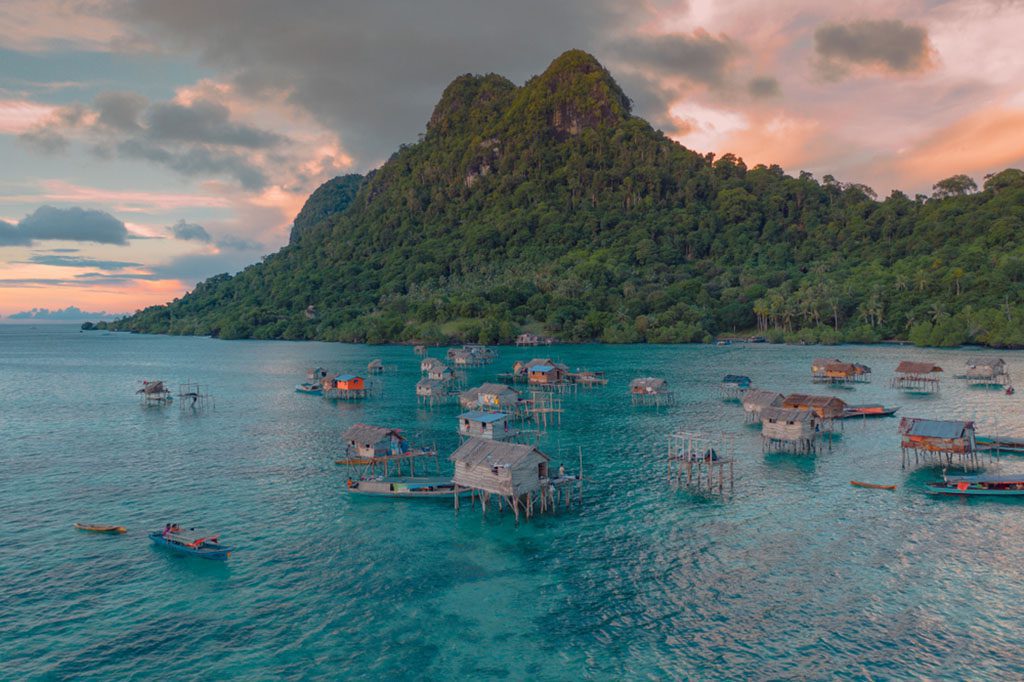
Immerse yourself in the captivating beauty of the Borneo Sea Gypsy Water Village on Bodgaya Island, Semporna Sabah. Image source: BorneoRimbawan/Shutterstock.com
Brunei and Malaysia both lay claim to Borneo, the world’s third-largest island, along with Indonesia. A sizable portion of the island, nonetheless, belongs to Indonesia.
The Bornean rainforest is about 100 million years old and is located in the center of Maritime Southeast Asia. It’s a safe haven for rare animals like the Bornean orangutan, a large ape found only in this region of the globe.
1. New Guinea
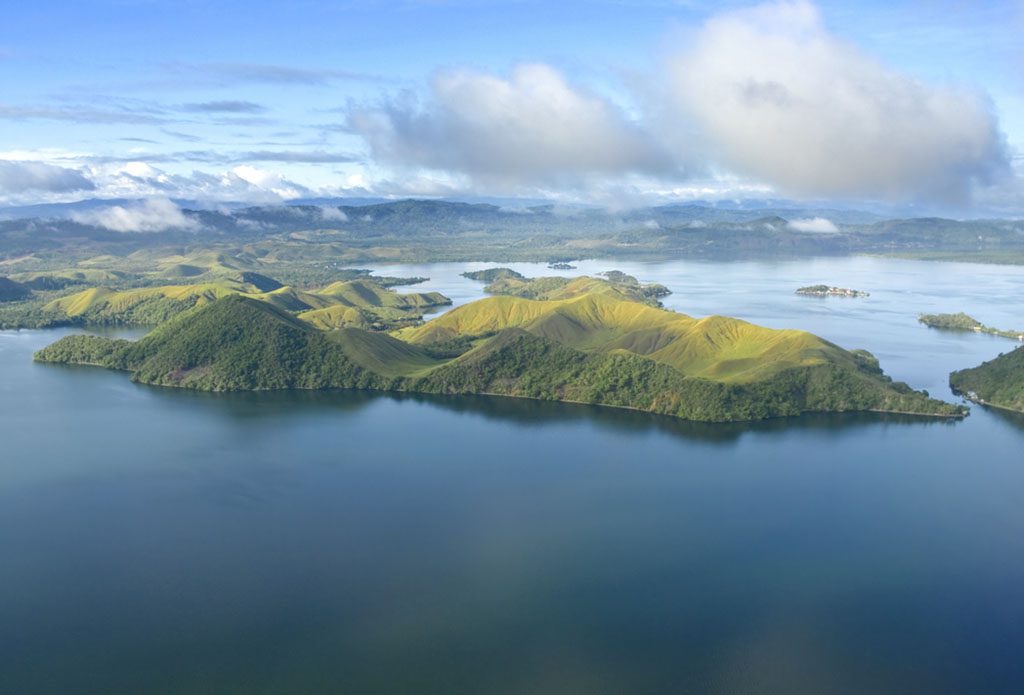
Witness the striking aerial view of the New Guinea coast, showcasing jungles and the impact of deforestation. Image source: Belikova Oksana/Shutterstock.com
Located in the eastern Malay Archipelago, New Guinea is a large island that stretches for more than 1,500 miles out into the Pacific Ocean, the Coral Sea, and the Arafura Sea. Only Greenland is bigger, although it is still the second-biggest island in the world.
Western New Guinea, which comprises the provinces of Papua and West Papua, is Indonesia’s portion of the island; it is shared with the independent country of Papua New Guinea. Intriguingly, it is the only island in Indonesia to be classified as part of Oceania.


